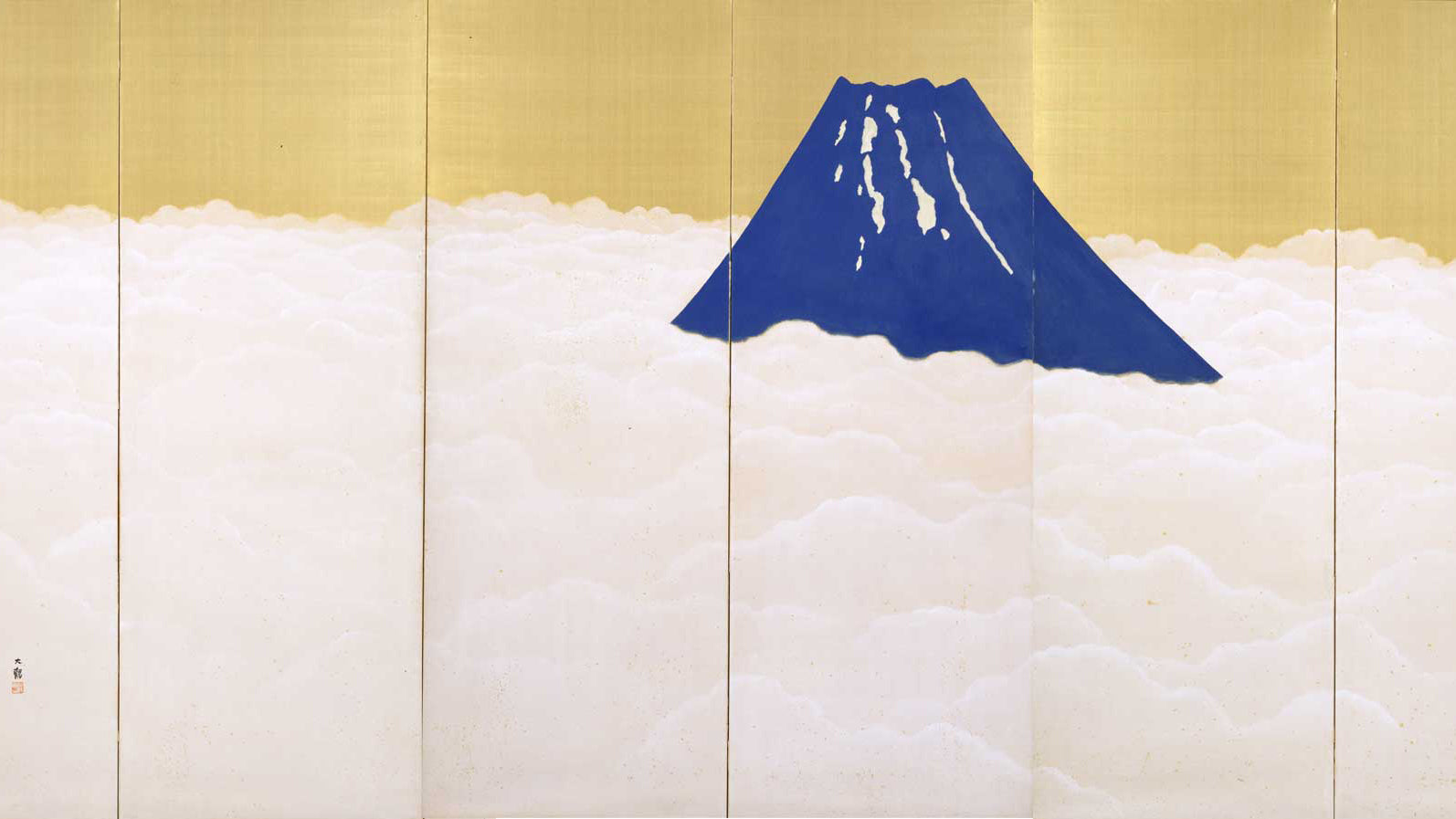
Nihonga: The Art of Japanese Painting
Von Team MUSUBI
Nihonga, or Japanese painting, is a timeless art form that embodies Japan’s unique aesthetic values—subtlety, harmony, and reverence for nature. Created using natural materials like mineral pigments, washi paper, silk, and organic adhesives, it conveys a quiet elegance that resonates deeply with viewers.
In this guide, we’ll journey through the history, materials, techniques, and masterpieces of nihonga. We’ll also introduce museums we’ve visited and highlight select items from the MUSUBI KILN collection.
Whether you're new to Japanese aesthetics or a seasoned admirer, this guide offers an entry point into the graceful world of nihonga.
Table of contents
What Is Nihonga?
The Origins of the Term
The term nihonga (日本画), meaning “Japanese painting,” was coined in the late 19th century during the Meiji era (1868–1912 CE), a time when Japan opened its doors to the West. As yōga (Western-style oil paintings) gained popularity, there arose a need to distinguish traditional Japanese art. Thus, nihonga came to refer to paintings created using classical techniques and materials.
Beyond a Simple Definition
Despite its name, nihonga is not a fixed style but a broad category that includes both traditional and modern approaches. It embraces influences from ancient schools like yamato-e, the Tosa school, the Kano school, and the Maruyama-Shijo school, while also evolving through the incorporation of Western techniques such as perspective and shading.
Today, nihonga is more about a set of materials and sensibilities than rigid stylistic rules. Works might use traditional mineral pigments and paper but depict urban scenes or abstract themes. In this way, the boundary between nihonga and yōga is often fluid.
A Historical Overview of Nihonga
Early Foundations (710–1185 CE)
During the Nara (710–794 CE) and Heian (794–1185 CE) periods, Japanese painting was heavily influenced by Chinese styles, especially Buddhist imagery. Over time, a distinctively Japanese approach emerged—yamato-e, which emphasized narrative scenes from literature and daily life. These works, often in the form of handscrolls, are considered precursors to modern comics.
The Rise of Ink and Narrative (1185–1573 CE)

In the Kamakura period (1185–1333 CE), the arrival of Zen Buddhism led to the popularity of suibokuga (ink wash painting), influenced by Chinese landscape art. Japanese painters adapted these ideas, adding seasonal variation and emotional depth.
The Muromachi period (1336–1573 CE) continued this evolution, with artists blending monochrome ink techniques with narrative scroll traditions. A wider diversity of painting styles began to emerge, laying the groundwork for future schools.
Edo Period Brilliance (1603–1868 CE)
The Edo period marked an explosion of artistic innovation. The Kano school served as the official painters for the shogunate, creating majestic works on sliding doors and folding screens. Meanwhile, the Tosa school specialized in intricate courtly themes and classical literature.
The Maruyama-Shijo school, led by Maruyama Okyo, introduced realism and observational drawing, merging Western naturalism with Japanese sensitivity.

The Rimpa school was founded by Honami Koetsu and Tawaraya Sotatsu, and later developed by the Ogata brothers—Korin and Kenzan. Rimpa emphasized decorative elegance, bold compositions, and luxurious use of gold and silver leaf. Works in this style drew inspiration from waka poetry and classical literature.
This period also gave rise to ukiyo-e, a distinct print genre that reflected the vibrant urban culture of Edo.
Meiji to Present (1868 CE–Today)
The Meiji Restoration (1868 CE) marked a turning point, as Japan rapidly modernized and embraced foreign influences. While yōga flourished, artists like Yokoyama Taikan and Hishida Shunso redefined nihonga, blending traditional techniques with a modern vision.
Contemporary nihonga continues this trajectory. Artists experiment with materials, subjects, and formats, producing works that are at once ancient and contemporary.
The Unique Materials of Nihonga
One of nihonga’s defining features is its reliance on time-honored, natural materials that require skill and patience to handle.
Iwa-enogu (Mineral Pigments)

Derived from crushed minerals such as malachite and azurite, these pigments provide rich, shimmering colors. They vary in particle size, allowing for layered textures and subtle gradients. High-quality pigments like gunjo (ultramarine blue) and rokusho (verdigris green) are highly prized.
Today, artists also use synthetic pigments such as shin iwa-enogu and gosei iwa-enogu to achieve a greater color range while preserving traditional depth.
Gofun (White shell pigment)

A white pigment made from powdered clam and oyster shells, gofun is used for base layers and highlights. It creates a gentle reflectivity and enhances color vibrancy.
Nikawa (Glue)

An animal-based gelatin that acts as a binder for pigments. It must be carefully mixed and applied, as the balance affects color adhesion and finish.
Sumi (Ink)

Made from soot and nikawa, sumi is ground with water and used for outlines, calligraphy, and expressive ink washes. It’s central to suibokuga techniques.
Painting Surfaces
Nihonga can be painted on various traditional surfaces:
-
Kenpon (Silk) : Allows for delicate, translucent layering.
Washi Paper : Strong, absorbent, and long-lasting. Common types include kozo-shi (mulberry) and kumohada-mashi (hemp-mulberry blend).
Other Surfaces : Nihonga can also be created on wood panels or shikkui (plaster), particularly for decorative works in temples, homes, or folding screens.
These surfaces interact uniquely with pigments and adhesives, giving each painting its own tactile and visual appeal.
Techniques Unique to Nihonga
Nihonga’s expressive strength lies not only in its materials but in its nuanced techniques:
-
Koroku : Drawing outlines to define forms, later filled with color (known as koroku tensai).
Mokkotsu : Painting without outlines, using tonal variation to define shapes.
Tarashikomi : Letting drops of pigment bleed into wet areas to create soft, natural marbling.
Tsuketate : A technique where the artist paints directly without preliminary sketches or outlines, using the natural movement and pressure of the brush to express the subject through variations in ink or pigment density. It is considered a type of mokkotsu method.
Bokashi : Gradual shading through water blending to create smooth transitions.
Kasumi (Mist) : Used in landscapes to suggest atmosphere and depth.
Kegaki : Painting extremely fine lines to depict hair, fur, and feathers with lifelike softness.
Suminagashi (Ink Marbling) : Floating ink on water and transferring it to paper or silk for patterned effects.
These methods require not only technical skill but also a meditative focus and sensitivity to materials.
Source: Illustrated Dictionary of Nihonga Terminology. Edited by the Graduate School of Conservation, Japanese Painting Laboratory, Tokyo University of the Arts. Tokyo Bijutsu Co., Ltd., First Edition, May 30, 2007.
Masterpieces to Know
Some of the most renowned examples of nihonga include:
Wind and Thunder Gods by Tawaraya Sotatsu and Ogata Korin
Iconic and dynamic, this screen painting captures the power of nature and myth through bold lines and gold leaf.

Pine Trees by Hasegawa Tohaku
A masterful rendering of mist and atmosphere, this nearly monochrome work invites quiet contemplation.

Mount Fuji in Blue by Yokoyama Taikan
Using vibrant ultramarine pigment, this painting conveys a spiritual vision of Japan’s iconic peak.

Museums to Visit
If you’re in Tokyo, these museums offer excellent collections and exhibitions of nihonga:
-
Ōta Memorial Museum of Art
1-10-10 Jingumae, Shibuya-ku, Tokyo
Known for ukiyo-e, but also hosts rotating exhibits of Japanese painting.
Sen-oku Hakukokan Museum Tokyo
1-5-1 Roppongi, Minato-ku, Tokyo
Features collections from the Sumitomo family, including classical Japanese art.Museum of the Imperial Collections, Sannomaru Shōzōkan
1-8 Chiyoda, Chiyoda-ku, Tokyo (Inside the East Gardens of the Imperial Palace)
Exhibits precious historical works from the Imperial collection.
Note: Presently under renovation. Full reopening scheduled for autumn 2026.
Nihonga-Inspired Items from MUSUBI KILN
Kinsai Korinbai Tumbler Pair
Inspired by Ogata Korin’s “Red Plum Blossoms,” this pair of Kutani tumblers showcases the decorative elegance of the Rimpa school.
Wind God and Thunder God Plate by Tosen Kiln
Depicts the deities Fujin and Raijin, painted by skilled artisans with fine detail and spiritual energy.
Rimpa Pine and Bamboo Chopsticks by Matsukan
A modern interpretation of seasonal motifs from the Rimpa tradition, blending classical elegance with everyday utility.
Yoshita Kasho Korin Streams Glass Natsume
Captures flowing water motifs in gold, reflecting the essence of Rimpa’s lyrical compositions.
White Peonies Hanging Scroll by Suzuki Yuri
A springtime scene on a kakejiku hanging scroll painted with delicate shading and harmony. Peonies symbolize prosperity and are revered as “the Queen of Flowers.”
Bamboo Grove Hanging Scroll by Mino Shodō
A misty bamboo landscape inspired by the Kumano Kodo pilgrimage. The layered pigments and fine brushwork evoke a sense of spiritual depth.
Lake and Bird Sake Set by Taka Toshifumi
This elegant Kutani ware sake set features a moonlit lake and a kingfisher, painted with fine brushwork and accented in rich kinsai gold. Blending classical and modern sensibilities, it reflects deep roots in traditional Japanese painting.
Taka Toshifumi was influenced by nihonga from an early age—his grandfather, founder of Kougai Kiln, originally trained in Japanese painting. His work carries this legacy, with subtle influence from the Kano school visible in his refined detail and composition.
Nihonga is not only an art form—it is a window into Japan’s cultural soul. Rooted in centuries of tradition yet ever-evolving, it invites us to see beauty in restraint, in nature, and in the impermanence of all things.
When you visit Japan, you may encounter nihonga in temples, shrines, galleries, or even in modern design objects—such as textiles, ceramics, or interior decor—that embody the techniques and aesthetic spirit of nihonga. We encourage you to experience its layered beauty from different angles, through history, craftsmanship, and daily life.
Let nihonga guide you into a world where every brushstroke is a meditation, and where silence speaks volumes.









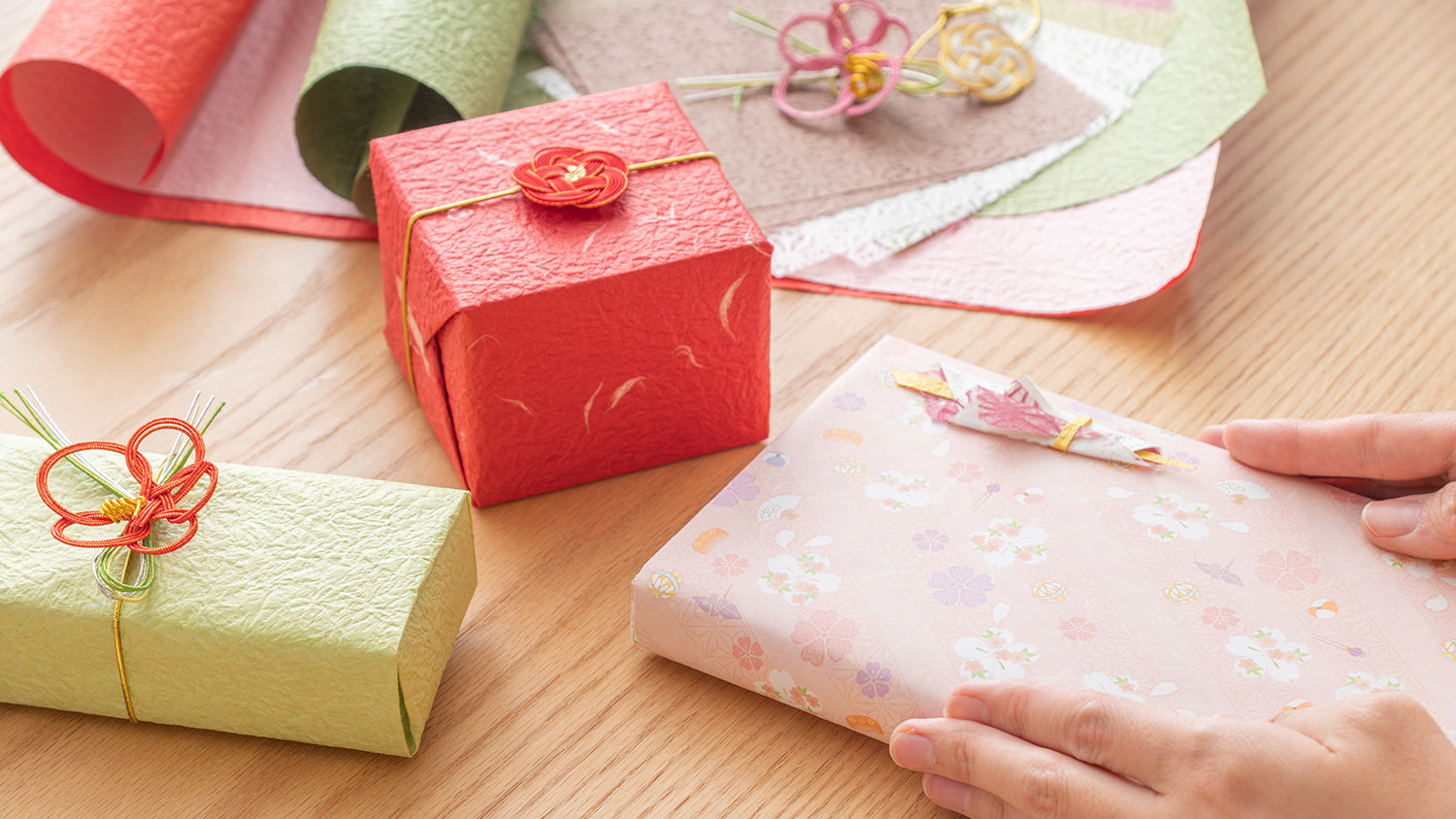

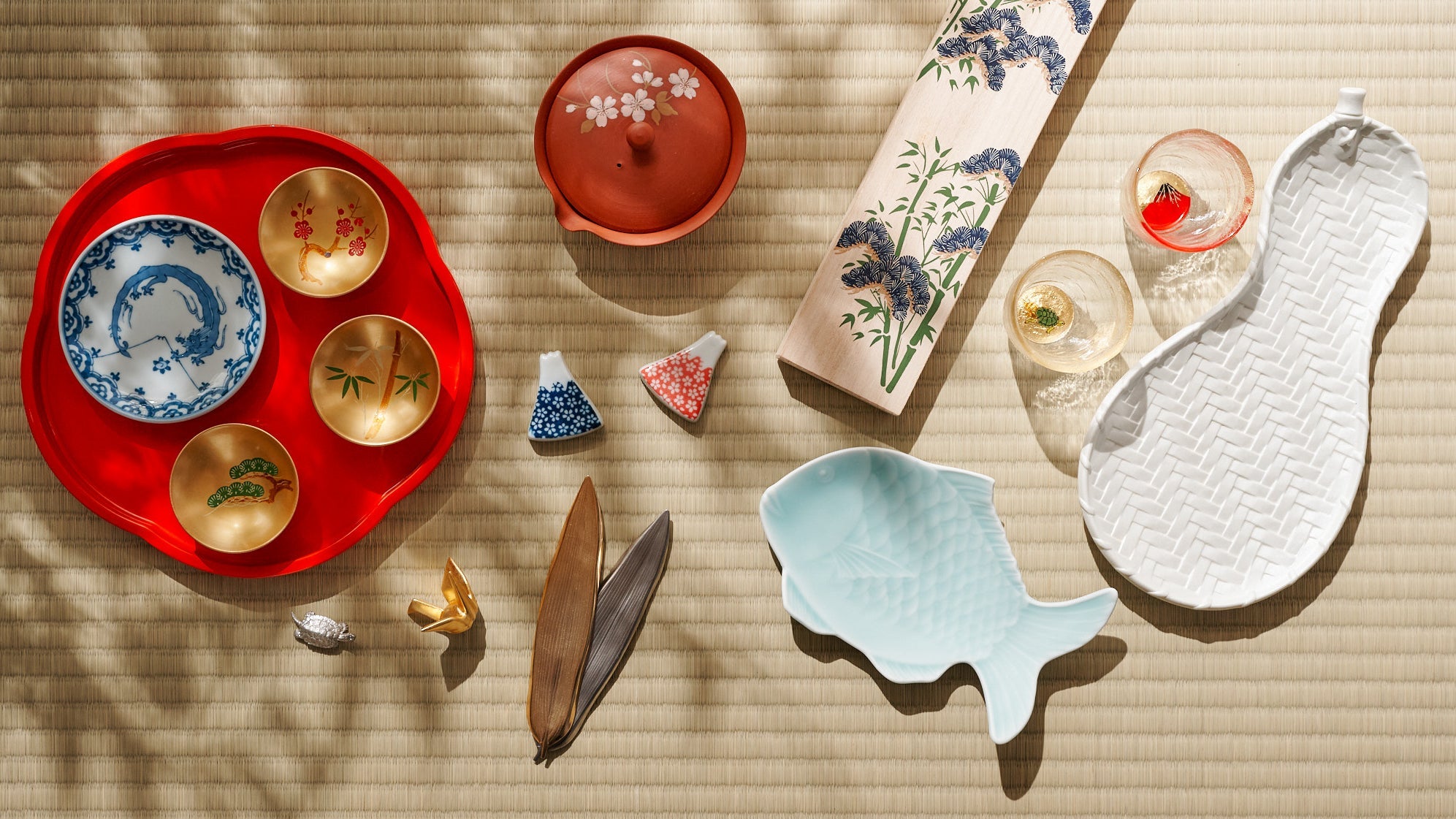
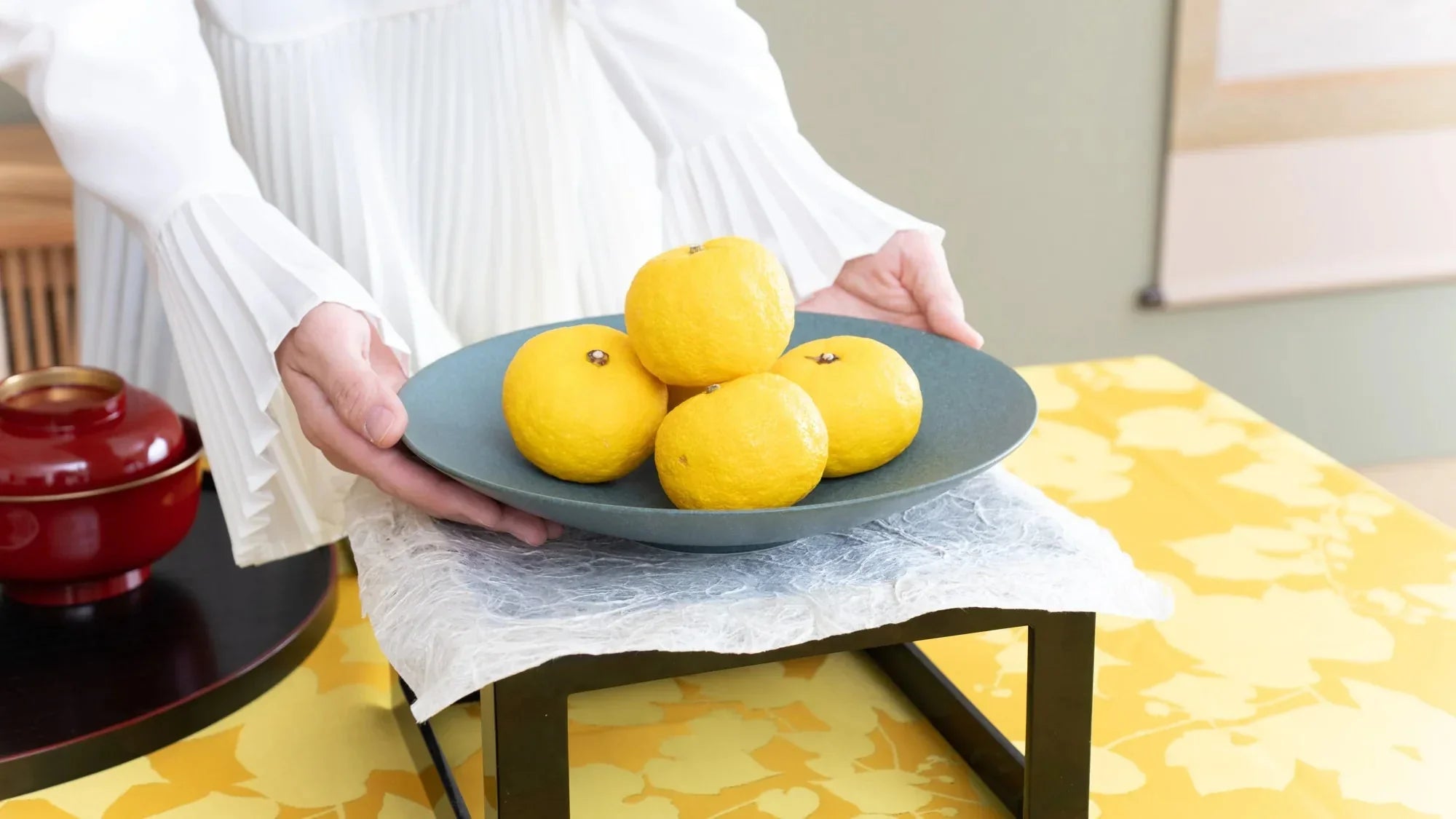
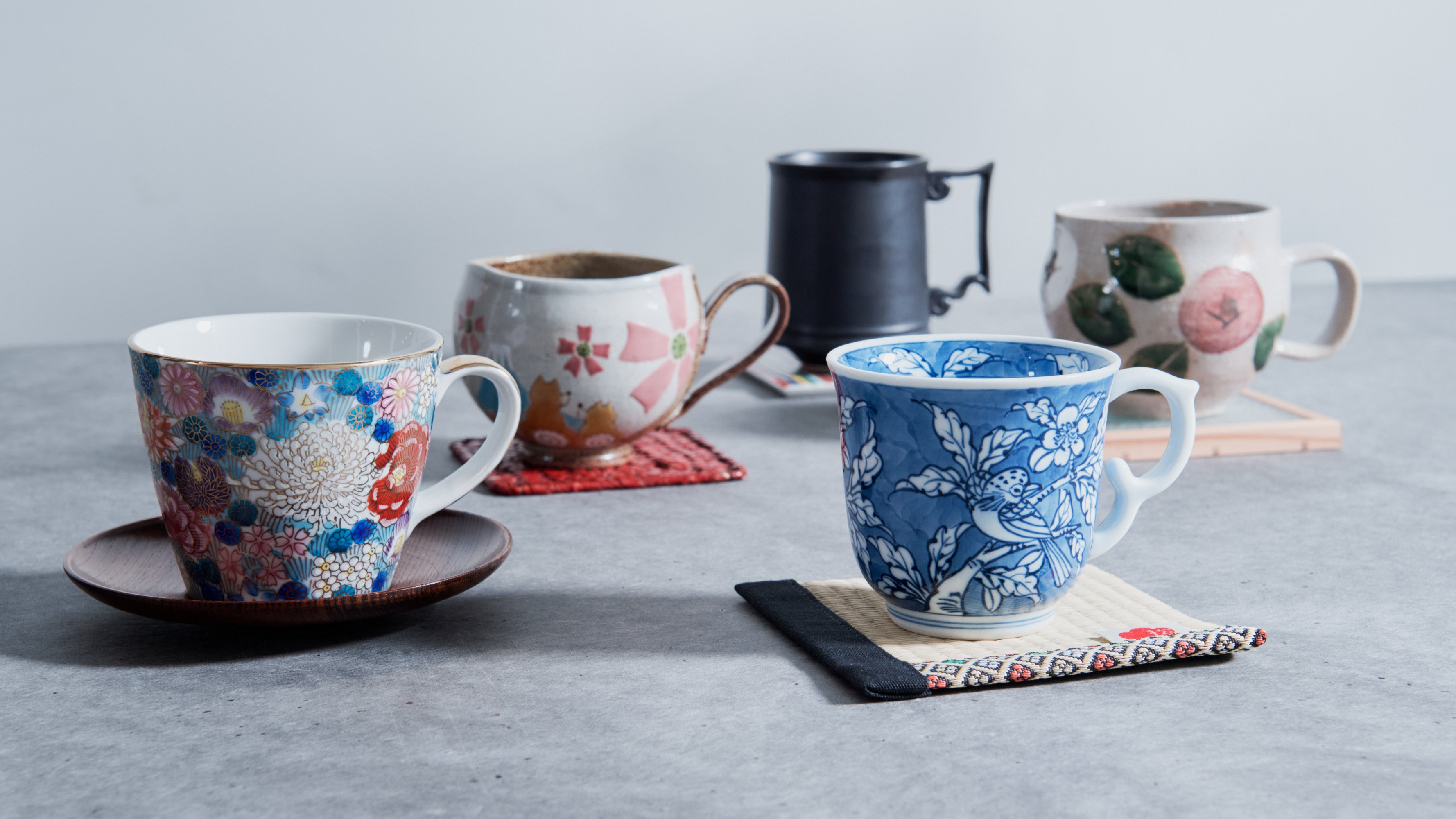
2 Kommentare
Rekha We sincerely appreciate that you enjoyed Journal of Nihonga. If you have any further questions, please contact us at 【infomusubikiln.com】anytime. We will be happy to answer you.
Team Musubi
A very informative article. Thank you
Rekha Krishnan
Hinterlasse einen Kommentar
Diese Website ist durch hCaptcha geschützt und es gelten die allgemeinen Geschäftsbedingungen und Datenschutzbestimmungen von hCaptcha.